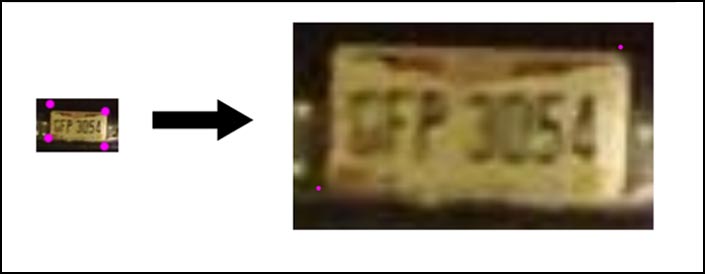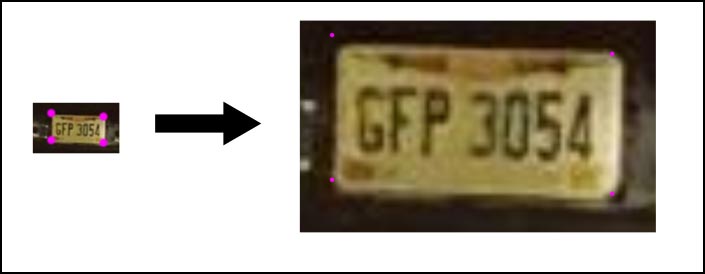Camera Placement Guide
"How accurate is our License Plate Recognition (LPR) system?"
This question is frequently asked, yet providing a precise answer can be challenging. The accuracy of our LPR system relies heavily on the quality of the input video it receives. If a human observer cannot easily discern the characters on a license plate, the software will encounter similar difficulties. Achieving high accuracy is probable when the camera is properly configured to capture license plates clearly. Conversely, the results may be less accurate if the camera does not capture license plates with sufficient clarity.
To determine if your camera is compatible with our LPR system, we recommend conducting a simple test. Freeze a frame from a passing car and attempt to read the license plate number. If this task proves challenging, our LPR system may not perform successfully with your camera. Even when the plate numbers are legible, it's important to note that the camera might not be optimally configured for LPR. While the human brain excels at pattern recognition from visual data, a computer requires a clear and ideal image to operate at its best.
In the image provided below, the license plate appears legible as "GFP 3054." However, it's worth noting that the letters lack sharp contrast, and the blurry shades of gray blend into the plate background and surrounding characters. In such cases, a machine may struggle to read the license plate accurately.

The same license plate is much better defined in the following photo, in which the lighting was upgraded and the camera was zoomed in.

The most important factors affecting LPR accuracy are camera placement and video quality. To achieve the highest possible performance for your LPR system, optimize the following variables:
Last updated
Was this helpful?

